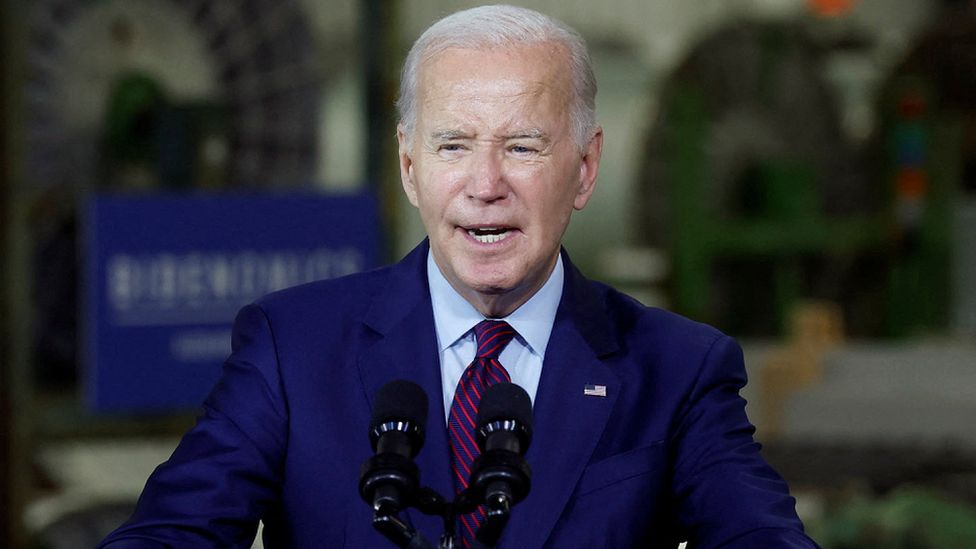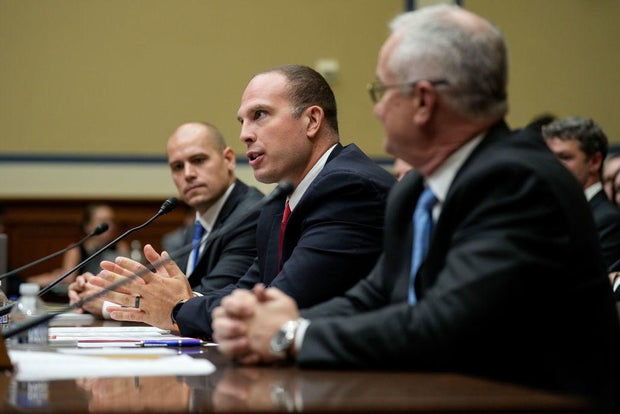Lawmakers are sprinting to finish as much work as possible on a dozen appropriations bills before a long August recess begins at the end of the week.
But major divides between the House and Senate on spending levels — as well as pressure from conservatives on Speaker Kevin McCarthy (R-Calif.) — forecast messy spending battles when lawmakers return.
Most spending bills have advanced in the House and Senate appropriations committees. But House conservatives are pushing for even lower spending levels than what were approved in some of those bills in committee, numbers that were already lower than those agreed to in a debt ceiling deal between McCarthy and President Biden.
Senate appropriators, meanwhile, are not only approving bills at levels more in line with the spending caps in the debt ceiling deal, but also proposing additional emergency spending.
House leaders expect to bring the first two appropriations bills to the floor this week: one that includes the Department of Veterans Affairs and military construction, and another that includes agriculture, rural development and the Food and Drug Administration.
And McCarthy reiterated his commitment to not put an omnibus spending bill on the House floor — a key demand of House conservatives.
“I will not put an omnibus on the floor of the House,” he said. “We should do our work. We should do our job.”
But the funding gulf between the House and Senate is only getting wider.
Senate Appropriations Chairwoman Patty Murray (D-Wash.) announced Thursday that she and Sen. Susan Collins (Maine), the top Republican on the panel, reached a deal to add $13.7 billion in additional emergency funding on top of their appropriations bills. The deal included $8 billion for defense programs and $5.7 billion for nondefense programs.
“Many of us have been clear since the debt limit agreement was first unveiled that we believed it would woefully underfund our national defense, our homeland security, certain security accounts and the bill before us at a very dangerous time,” Collins said at the time.
The announcement has already prompted pushback from Republicans in the lower chamber, where Rep. Dusty Johnson (R-S.D.) called further spending “a non-starter in the House.”
Sen. Joe Manchin (D-W.Va.), who serves on the Appropriations panel, also came out against the move, calling it “just plain wrong” and saying it would take Congress “off the promising path that we have started on to get our fiscal house back in order.”
Meanwhile in the House, conservatives are continuing to put pressure on GOP leaders to lower spending, and disputes remain about overall top-line spending numbers.
“Oh, there are going to be changes” to the spending bills already approved by the Appropriations committee, House Freedom Caucus member Rep. Byron Donalds (R-Fla.) said.
While conservatives have already succeeded in getting leaders to agree to approve overall spending levels below the caps laid out in the debt limit bill, disputes remain about whether recissions of previously approved spending count toward meeting target fiscal 2022 levels.
“This is a math discussion. And so you know, members are gonna have to get comfortable with a certain number on all sides of our conference,” Donalds said.
Donalds was among the group of 21 conservatives that sent a letter earlier this month pledging not to back appropriations bills “effectively in line” with the budget caps agreed to by McCarthy and Biden as part of the Fiscal Responsibility Act debt limit deal, while calling for a top line at fiscal 2022 levels.
The group also voiced opposition to the use of “reallocated rescissions to increase discretionary spending above that top-line,” decrying what some have called a “budgetary gimmick” to include recissions in getting to fiscal 2022 levels.
But that marks a tough task for GOP appropriators, who have already proposed clawing back billions of dollars of funding previously allocated for Democratic priorities and repurposing them for areas like border and national security. While they approve of spending increases in some areas — like defense, and to account for higher costs due to inflation — that would necessitate deeper cuts in other areas that Democrats will surely not support.
“You have to work to get the 218,” said Rep. David Joyce (R-Ohio), a subcommittee chairman on the House Appropriations Committee and chairman of the moderate Republican Governance Group caucus.
“You’re not gonna get everything you want. But they are getting numbers-wise and policy-wise many of the things that are good for them,” Joyce said of the hard-line conservative members.
And he advocated for passing bills that may not be perfect, but can have a major impact on administration policy.
More from The Hill
“It’s important to pass appropriations bills that dictate the policies and procedures and how the money is going to be spent and where it’s going to be spent,” Joyce said, adding that it’s “certainly an understanding we haven’t reached yet.”
Discussions have continued between the hard-line conservatives, GOP leadership and other factions of the conference over the holdups surrounding the spending bills, like overall top-line spending levels and recissions. But a source familiar with the discussions said that many of the issues being raised by members of the Freedom Caucus and their allies are also supported by members in other ideological areas of the conference.
But even as conservatives think they are making progress, the clock is ticking. The House is scheduled to be in session for just three weeks after the August recess and before the Sept. 30 funding deadline.
“I think this week, there’s been some productive movement to put more downward pressure on spending,” said Rep. Matt Gaetz (R-Fla.). “So, I’m more worried about the timetable right now.”
McCarthy said Thursday that he expects the House to pass all of its 12 appropriations bills by Sept. 30.
At the same time, Senate appropriators are hurrying to pass out of committee their four remaining funding bills by next week, after the upper chamber fell slightly behind their counterparts in the House at the start of the process earlier this year.
Each of the eight funding bills passed out of the committee so far have fetched overwhelming bipartisan support. But there is tricky legislation on the horizon as negotiators prepare to consider what some regard as their toughest bills next week, including measures to fund the departments of Defense, Homeland Security and Health and Human Services.
“This was never going to be easy,” Murray said Thursday, but she added she thinks appropriators are “all eager to finish strong.”
Negotiators anticipate bicameral negotiations to pick up in the weeks ahead, but fears are rising over whether both sides will be able to strike the deal to keep the government funded beyond the shutdown deadline in September.
“We’re gonna have a government shutdown because we’re gonna fight between the House and Senate about appropriations. Maybe, I sure hope not. We keep coming right up close,” Sen. Chris Coons (D-Del.) said this week.
“We are going to scare the hell out of you,” he said. “We’re really good at that.”
Mychal Schnell contributed.
Copyright 2023 Nexstar Media Inc. All rights reserved. This material may not be published, broadcast, rewritten, or redistributed.










